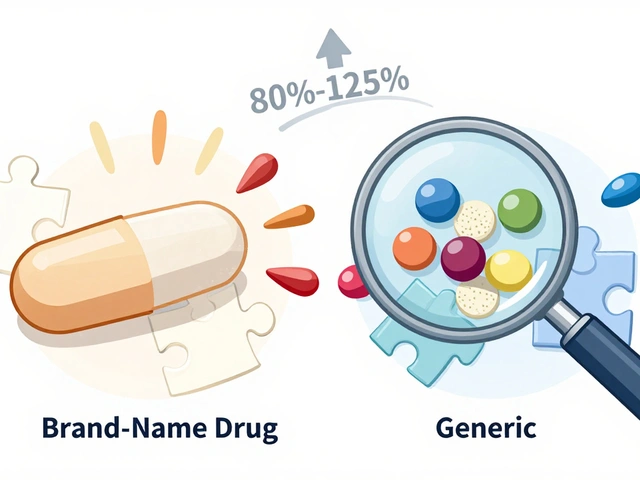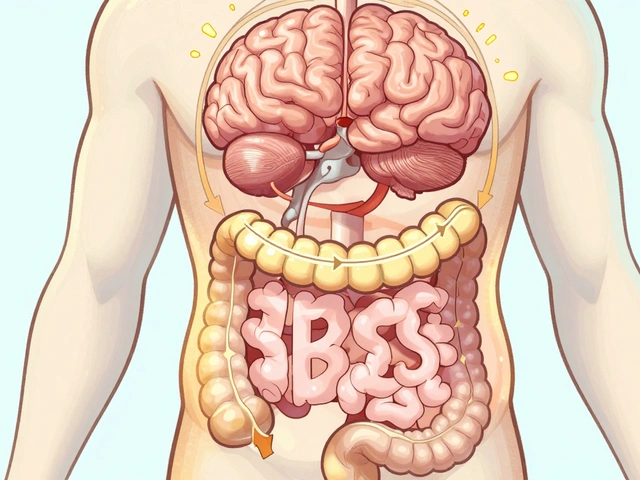Chelation Therapy: What It Is, How It Works, and What the Evidence Says
When your body holds onto dangerous metals like lead or mercury, chelation therapy, a medical treatment that binds toxic metals so they can be flushed out of the body. Also known as metal chelation, it’s a proven tool for treating acute heavy metal poisoning. This isn’t a trendy detox — it’s a clinical procedure backed by decades of research, especially for cases like lead poisoning in children or occupational exposure in workers.
At its core, chelation therapy uses compounds like EDTA, a synthetic amino acid that latches onto metals like lead, mercury, and cadmium to form stable complexes. These complexes are then filtered out by the kidneys. It’s not magic — it’s chemistry. The process requires IV infusions, usually over several hours, and multiple sessions depending on the level of toxicity. You don’t just drink a potion and feel better. It’s monitored by doctors, with blood tests before and after to track metal levels and kidney function.
While chelation therapy is FDA-approved for heavy metal poisoning, you’ll hear claims it cures heart disease, autism, or Alzheimer’s. Those aren’t supported by solid science. The TACT trial showed a small benefit for some heart patients with prior heart attacks, but it’s not a standard treatment. Most doctors won’t recommend it for anything outside of confirmed metal toxicity. If you’re considering it for something other than lead, mercury, or arsenic poisoning, ask for the evidence — not testimonials.
Side effects are real. Chelation can drop calcium levels dangerously low, cause kidney strain, or trigger allergic reactions. It’s not safe to do at home with over-the-counter supplements. Even natural chelators like cilantro or garlic won’t remove metals the way EDTA does. The real power lies in precise medical control — not DIY detoxes.
Below, you’ll find real patient stories, clinical guidelines, and comparisons with other treatments for metal toxicity. Some posts cover how chelation fits into broader detox protocols, others break down the science behind EDTA, and a few warn about scams selling fake chelation kits. Whether you’re dealing with a confirmed diagnosis or just curious about the hype, these articles cut through the noise.





